Last Chance to Get a Free Copy of Mysterion: Rediscovering the Mysteries of the Christian Faith
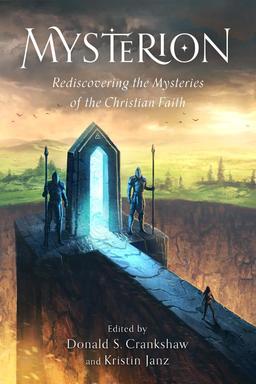 Two weeks ago we told you that Enigmatic Mirror Press was offering free review copies of the new anthology Mysterion: Rediscovering the Mysteries of the Christian Faith in digital format to Black Gate readers, in return for honest reviews (e.g., at Amazon, Goodreads, etc.) There’s still time to get in on the offer, but you have to act fast.
Two weeks ago we told you that Enigmatic Mirror Press was offering free review copies of the new anthology Mysterion: Rediscovering the Mysteries of the Christian Faith in digital format to Black Gate readers, in return for honest reviews (e.g., at Amazon, Goodreads, etc.) There’s still time to get in on the offer, but you have to act fast.
What is Mysterion? It’s a groundbreaking anthology of Christian fantasy, edited by Black Gate author Donald Crankshaw (“A Phoenix in Darkness“) and his wife Kristin Janz. It will be released this week, and contains original fiction from Beth Cato, Pauline J. Alama, Stephen Case, David Tallerman, and many others. Here’s the description:
The Christian faith is filled with mystery, from the Trinity and the Incarnation to the smaller mysteries found in some of the strange and unexplained passages of the Bible: Behemoth and Leviathan, nephilim and seraphim, heroes and giants and more. There is no reason for fiction engaging with Christianity to be more tidy and theologically precise than the faith itself.
Here you will find challenging fantasy, science fiction, and horror stories that wrestle with tough questions and refuse to provide easy answers or censored depictions of a broken world, characters whose deeds are as obscene as their words and people who meet bad ends — sometimes deserved and sometimes not. But there are also hope, grace, and redemption, though even they can burn like fire.
Join us as we rediscover the mysteries of the Christian faith.
If you’re willing to read the book and provide a review, just send an e-mail to john@blackgate.com with the subject “Mysterion,” and we’ll forward it along to the publisher. But we must receive your request before the publication date.
Mysterion: Rediscovering the Mysteries of the Christian Faith will be published by Enigmatic Mirror Press on August 31, 2016. It is 324 pages, priced at $9.99 in digital format. See the complete Table of Contents here.
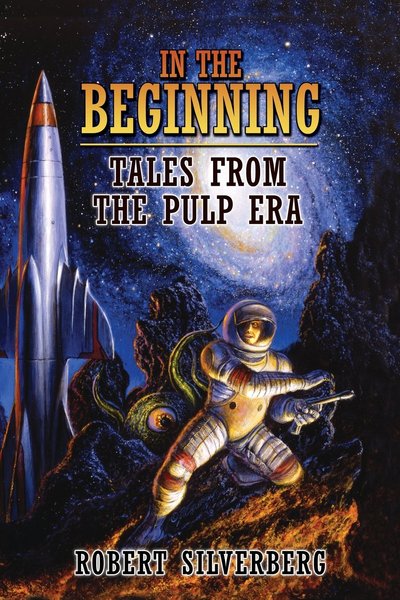
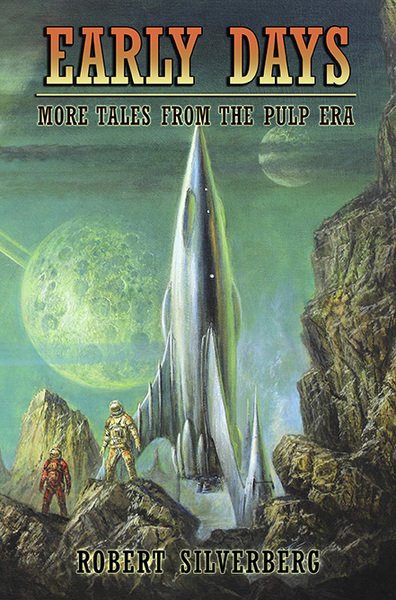
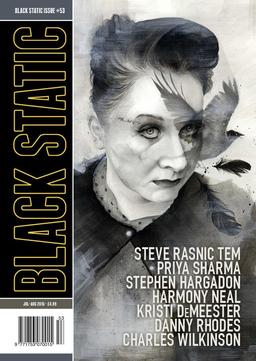

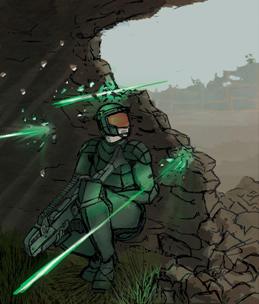

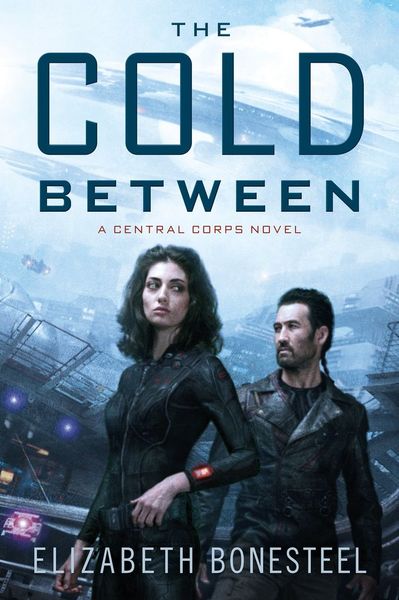
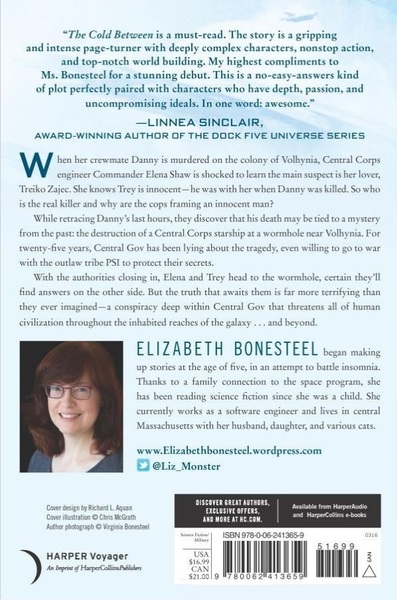
 As I’ve said before, sometimes the movies I see at Fantasia on a given day have a common theme. And sometimes they don’t, however much it might look like they ought to. On Wednesday, July 20, I’d go downtown to the Hall Theatre to watch an oddity: a restored Japanese propaganda cartoon from World War II, Momotaro, Sacred Sailors (Momotaro, Umi No Shinpei). Then I planned to head across the street to the De Sève and watch an independent American horror film, The Alchemist Cookbook. I hoped to make it back to the Hall after that in time to watch the second in a series of Japanese science-fiction action movies, Library Wars: The Last Mission (Toshokan Sanso: The Last Mission). It looked like a packed day, and I wondered how the movies would play off of each other.
As I’ve said before, sometimes the movies I see at Fantasia on a given day have a common theme. And sometimes they don’t, however much it might look like they ought to. On Wednesday, July 20, I’d go downtown to the Hall Theatre to watch an oddity: a restored Japanese propaganda cartoon from World War II, Momotaro, Sacred Sailors (Momotaro, Umi No Shinpei). Then I planned to head across the street to the De Sève and watch an independent American horror film, The Alchemist Cookbook. I hoped to make it back to the Hall after that in time to watch the second in a series of Japanese science-fiction action movies, Library Wars: The Last Mission (Toshokan Sanso: The Last Mission). It looked like a packed day, and I wondered how the movies would play off of each other.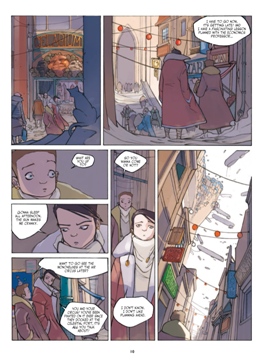
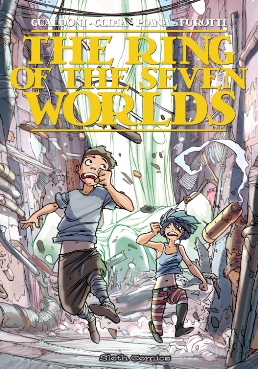

 Sometimes the movies I get to see on a given day at Fantasia have an obvious common theme. Sometimes not. Sometimes there’s a commonality binding two otherwise different movies, but it’s tenuous. So it was that on Tuesday, July 19, I watched a Korean historical drama called The Throne (originally Sado), and followed it with a Polish musical-fantasy-tragicomedy called The Lure (originally Córki dancingu). They’re both films based on older stories, in the first case recorded history from the eighteenth century, and in the second Hans Christian Andersen’s fairy tale “The Little Mermaid.” As you might imagine from those two very different source materials, these are very different movies in very different genres. But it also seemed to me that the process of retelling the stories was very different as well.
Sometimes the movies I get to see on a given day at Fantasia have an obvious common theme. Sometimes not. Sometimes there’s a commonality binding two otherwise different movies, but it’s tenuous. So it was that on Tuesday, July 19, I watched a Korean historical drama called The Throne (originally Sado), and followed it with a Polish musical-fantasy-tragicomedy called The Lure (originally Córki dancingu). They’re both films based on older stories, in the first case recorded history from the eighteenth century, and in the second Hans Christian Andersen’s fairy tale “The Little Mermaid.” As you might imagine from those two very different source materials, these are very different movies in very different genres. But it also seemed to me that the process of retelling the stories was very different as well.